Loneliness is no longer just an emotional concern—it’s shaping architecture and interior design. As more people live alone or work from home, designers are rethinking what comfort, connection, and community mean inside the walls of our homes. From layout shifts to sensory details, this new wave of home design quietly speaks to a deeper social need. Here’s how loneliness is leaving its mark on modern living spaces.
1. Window Seats Designed for Passive Socializing
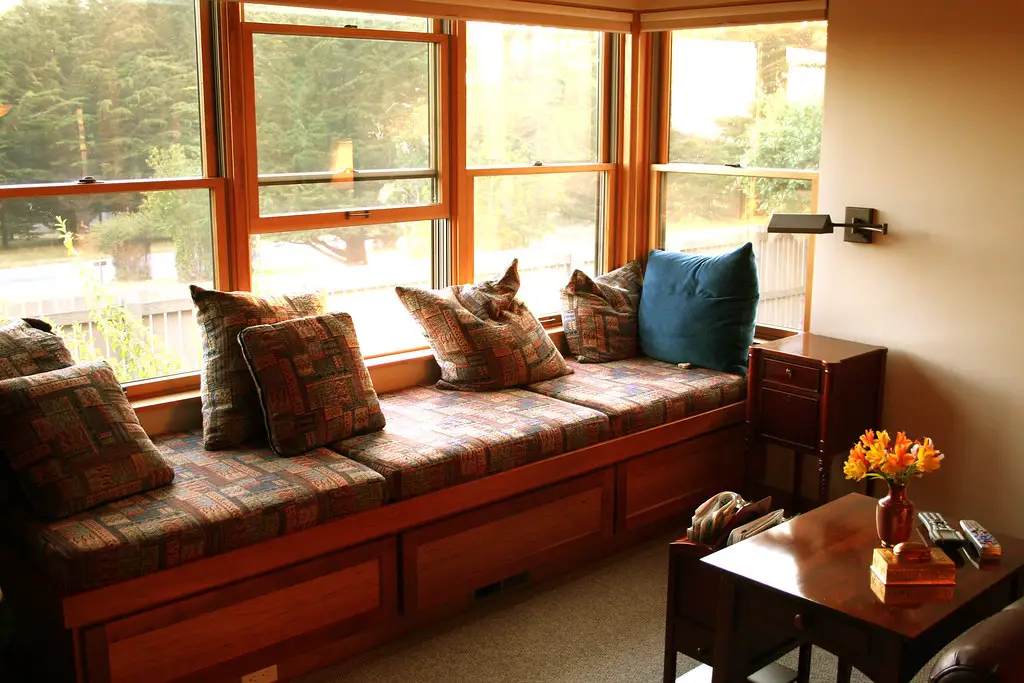
More new builds and renovations are including oversized window seats facing the street or courtyard. According to a feature in The New York Times, these nooks offer what architects call “passive interaction”—a way to feel connected to the world without having to leave your home. Watching passersby or catching glimpses of neighbors provides a small but meaningful sense of presence. It’s a subtle yet powerful antidote to the isolation of four blank walls.
These seating areas often include layered lighting and cozy textiles, turning a simple window into an emotional anchor. People want comfort, yes—but they also want visibility. When designed well, window seats can make solitude feel more like peaceful observation than loneliness. They invite a moment of connection with the world beyond the glass.
2. Kitchens That Double as Communal Hubs

Kitchens have always been the heart of the home, but now they’re being intentionally opened up to encourage communal gathering. A report from Architectural Digest noted that designers are integrating long counters, conversation-friendly islands, and flexible dining zones. These changes create seamless social flow for impromptu chats, small gatherings, or shared meals. The goal is to gently fight isolation without forcing interaction.
Designers are even playing with acoustics and light to make these areas feel warmer and more inviting. Open shelving and natural textures create visual interest without clutter. The design cues quietly say: “Come talk, stay a while.” It’s not just about cooking—it’s about shared presence in a time when so many people eat alone.
3. Indoor-Outdoor Blending for Mental Wellness
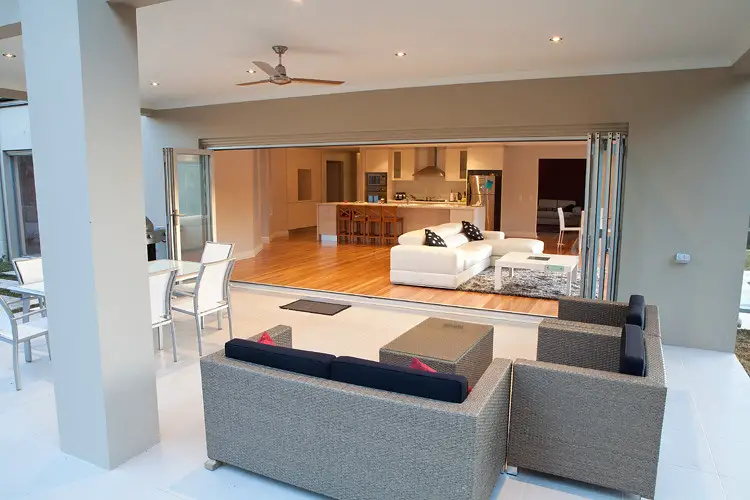
Homes are increasingly being designed to blend indoor comfort with outdoor access. Sources like Dezeen point to biophilic design as a rising trend aimed at reducing isolation and boosting well-being. Large glass doors, private terraces, and enclosed patios invite the outdoors in without requiring full immersion. The result is a calming, connected feeling that doesn’t demand energy or effort.
This shift helps solo dwellers maintain a rhythm with the outside world. Even hearing birdsong or feeling a breeze through a screen can lift the mood. These semi-nature zones offer a kind of companionship that’s deeply sensory. It’s subtle, but profoundly restorative.
4. Multifunctional Living Rooms for Remote Relationships
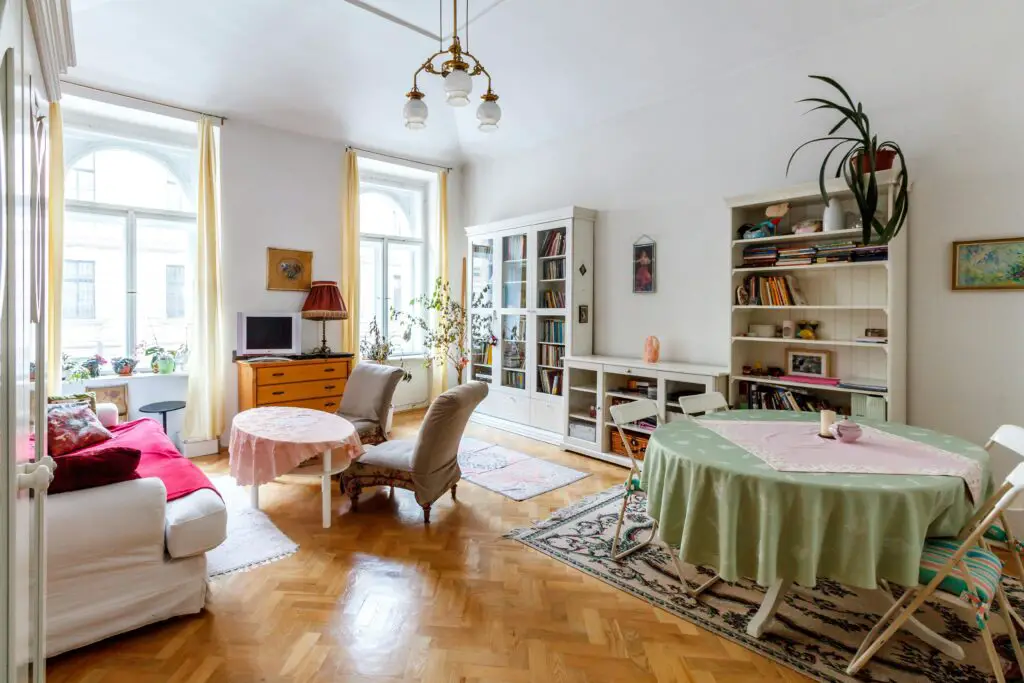
The living room is evolving into a stage for digital socializing. According to a feature in Fast Company, designers are now considering Zoom backdrops, headphone zones, and camera-friendly lighting when planning shared spaces. What used to be a TV-centric room is becoming a hybrid zone for video calls, online hangouts, and virtual group activities. These changes reflect the reality of remote relationships becoming the norm.
Built-in shelves or soft backgrounds add warmth to screen-based interactions. Acoustic panels and cushioned seating encourage people to stay online longer without fatigue. The loneliness epidemic hasn’t stopped people from talking—it’s just moved those conversations to digital formats. And design is adjusting to support that shift.
5. Alcoves and Micro-Spaces That Create Emotional Safety

Beyond open layouts, designers are building in small, protected alcoves where residents can retreat and regulate emotions. These aren’t full rooms—they’re tucked corners with seating, soft lighting, or bookshelves. They function like emotional charging stations, giving people permission to pause. Especially for those navigating solitude, these zones are gentle lifelines.
The psychology is simple: large, open spaces can feel too exposed when you’re alone. But a curved wall or a reading nook makes the home feel held. Even minimal square footage can offer profound comfort when shaped with intention. These micro-havens are becoming staples in modern floorplans.
6. Furniture That’s Made to Be Moved
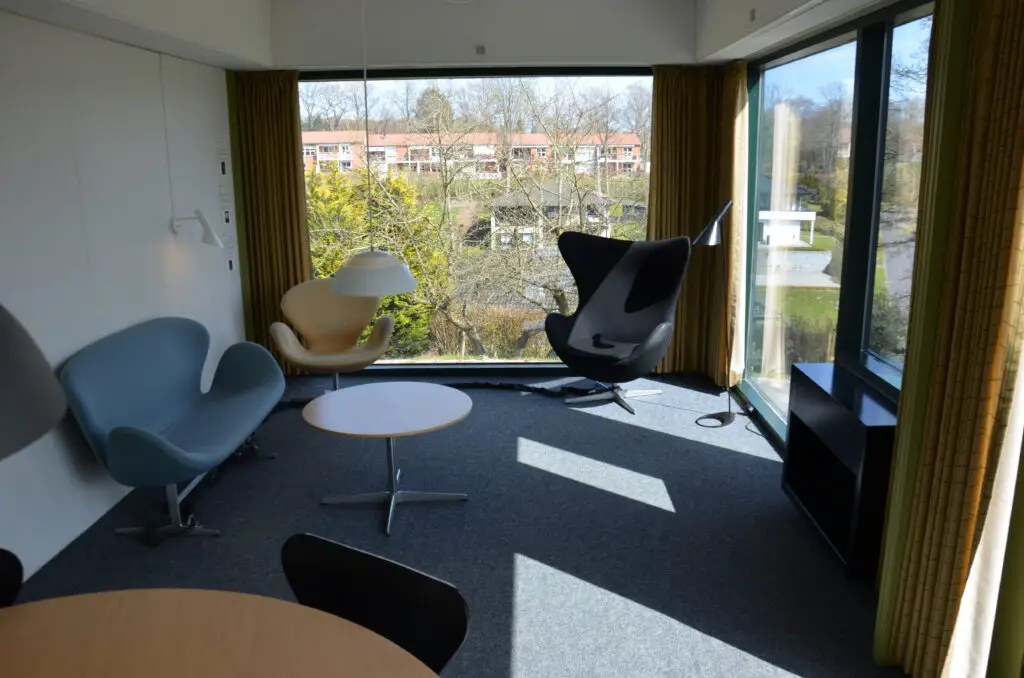
Lonely living often means living in flux—hosting occasional guests, working from different rooms, or shifting routines for stimulation. Designers are responding with modular furniture that adapts to changing needs. Ottomans become coffee tables, benches double as guest beds, and lightweight chairs roll from room to room. The flexibility is both physical and emotional.
When your home environment responds to your mood, it becomes more companionable. You don’t have to commit to one setup or social arrangement. This gives people the freedom to experiment with how they interact with their space. In a quiet way, that sense of agency helps counteract loneliness.
7. Soundscapes That Mimic Company

More homeowners are installing sound systems designed to play curated background noise—not just music, but cafe chatter, distant traffic, or rain on rooftops. These ambient tracks replicate the comforting hum of life happening nearby. Unlike TV, they don’t demand attention; they just fill the silence. It’s a sensory way to feel less alone.
Designers are now building in wall-mounted speakers or acoustic panels to enhance this experience. Paired with soft lighting and cozy textures, the goal is to create an emotionally responsive home. The design doesn’t fight loneliness head-on—it soothes it at the edges. Sometimes the illusion of company is enough.
8. Entryways That Feel Like Invitations
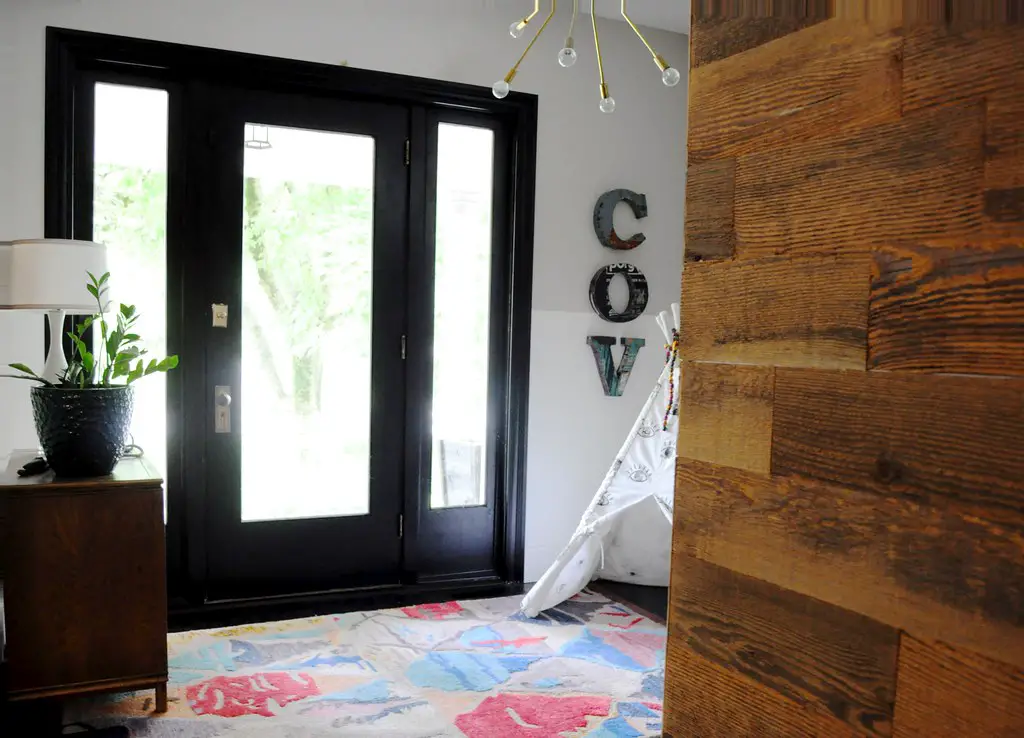
The traditional foyer is coming back—but with a friendlier twist. Designers are adding warm lighting, welcoming benches, and open coat racks to make entrances feel lived-in rather than sterile. Even for those who live alone, a warm entryway sets the tone for the whole home. It says: you belong here.
These transitional spaces also help people mentally shift from outside stress to inside comfort. For guests, they offer a moment of pause and warmth. For residents, they create a sense of ceremony around coming home. That emotional framing can make a big difference for someone battling isolation.
9. Smaller Homes That Prioritize Intimacy Over Size
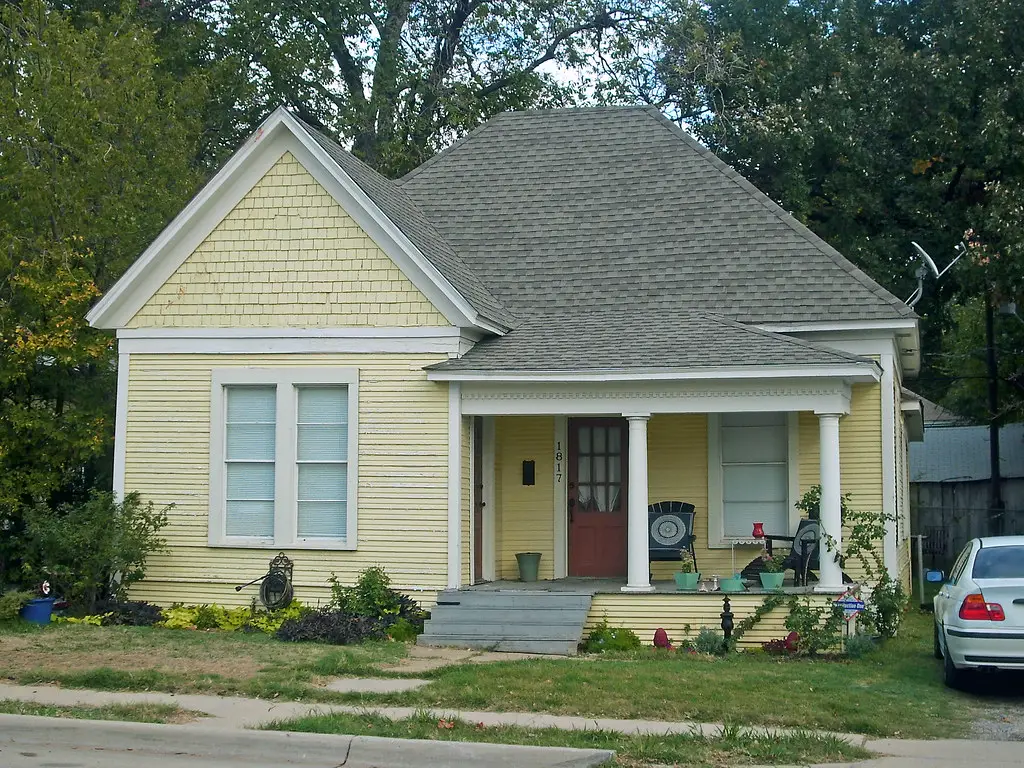
The loneliness epidemic is reshaping ideas of what constitutes “enough” space. Many people now seek out smaller homes that feel intimate, manageable, and emotionally contained. Instead of sprawling square footage, the focus is on tactile materials, smart layouts, and personal touches. A cozy home feels less empty when designed with care.
This trend favors depth over breadth—quality finishes, comforting color palettes, and layered lighting. These homes aren’t just easier to clean; they’re easier to connect with. They respond emotionally to their residents, not just logistically. In times of loneliness, that matters more than extra rooms.
10. Community-First Apartment Complexes
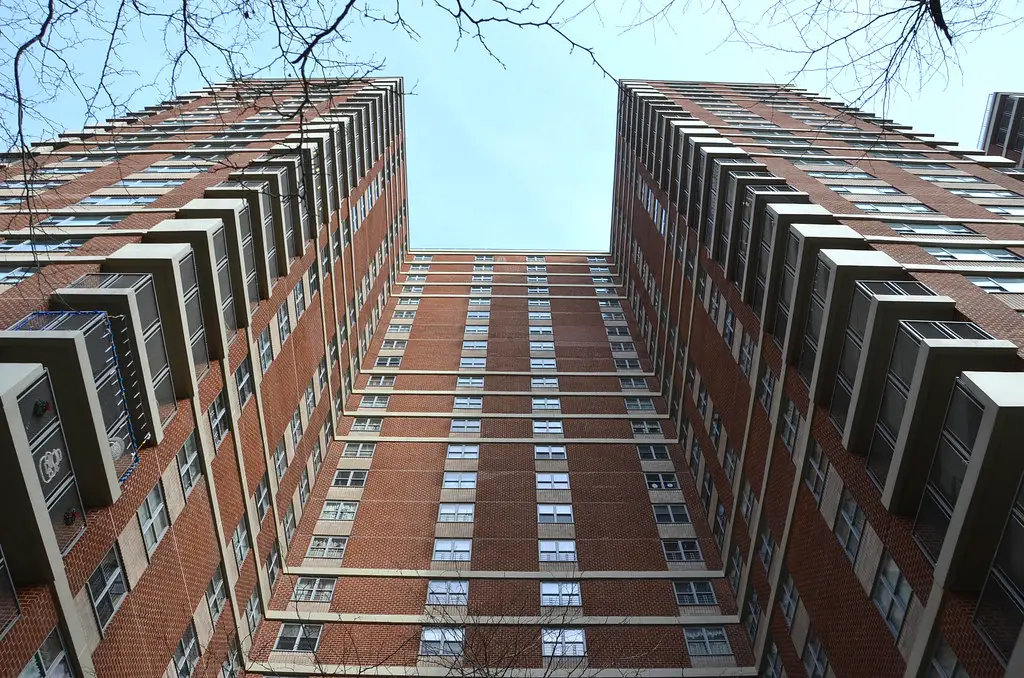
In urban areas, architects are designing multifamily buildings that prioritize shared space over private luxury. Think rooftop gardens, communal kitchens, and coworking lounges with soft seating. These aren’t afterthoughts—they’re central features. The aim is to create casual, low-pressure opportunities for connection.
People are more likely to chat with a neighbor while brewing coffee than when passing in a hallway. By weaving community into the design, these buildings act as subtle social scaffolding. No forced interactions—just natural intersections. That quiet intentionality can make isolation feel less total.
11. Lighting That Tracks Circadian Rhythms
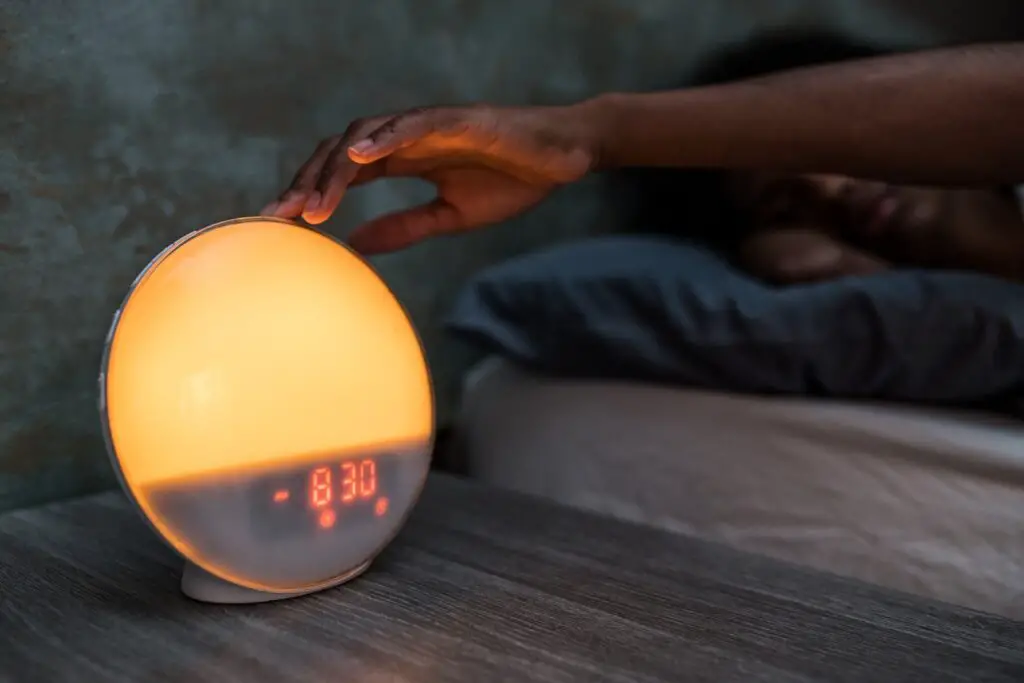
Being alone often means no one else is around to pull open the blinds or turn on a light. That’s why designers are embracing circadian lighting systems—setups that automatically shift with the sun to support mood and energy. These aren’t just smart bulbs; they’re whole-home lighting plans. It’s like emotional architecture through light.
In the absence of human touchpoints, lighting becomes a form of companionship. A slow brightening in the morning mimics someone saying good morning. A warm dim in the evening offers a sense of closure. These small changes help create rhythm—and rhythm supports resilience.
12. Nostalgic Touches That Spark Emotional Connection
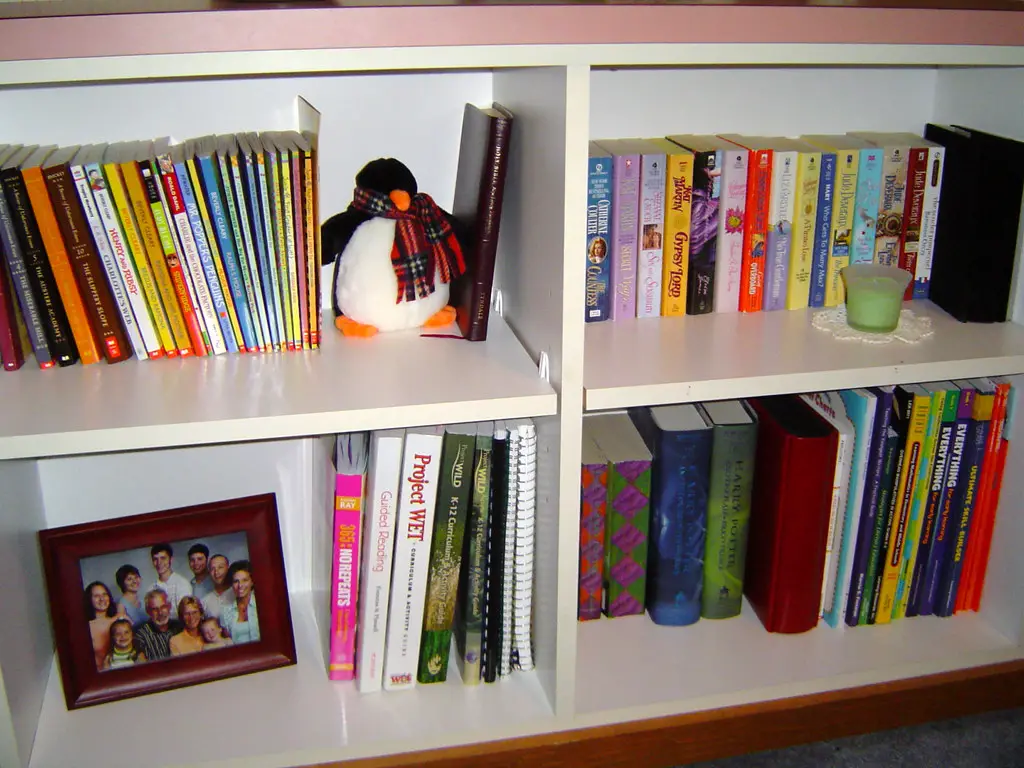
Finally, more people are intentionally decorating with emotionally resonant objects—old books, inherited furniture, childhood artwork. These aren’t just trends—they’re connection anchors. In lonely moments, even a familiar mug or hand-me-down chair can spark warmth. Designers are encouraging homeowners to lean into these personal choices.
It’s a quiet rebellion against sterile minimalism. Instead of showpieces, people want soul pieces. These touches transform a house into a sanctuary, even if it’s a solo one. The result is a home that feels more like a friend than just a place to live.
